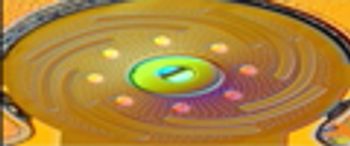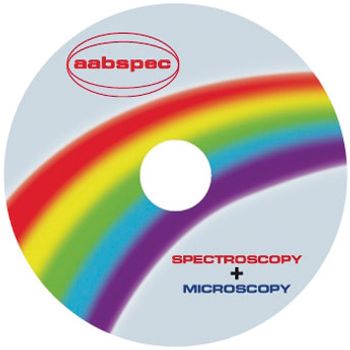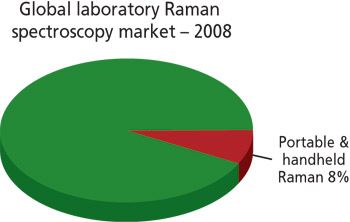
Spectroscopy
Part II of this series described many of the miniature optical technologies that were developed as a result of the telecommunications boom, and Part III covered conventional small near-infrared (NIR) spectrometers. Here, in Part IV, we bring those themes together and see how the massive investment in telecommunications, microelectro- mechanical systems (MEMS), and micro-opto-electro-mechanical (MOEMS) is starting to impact NIR spectroscopy.





